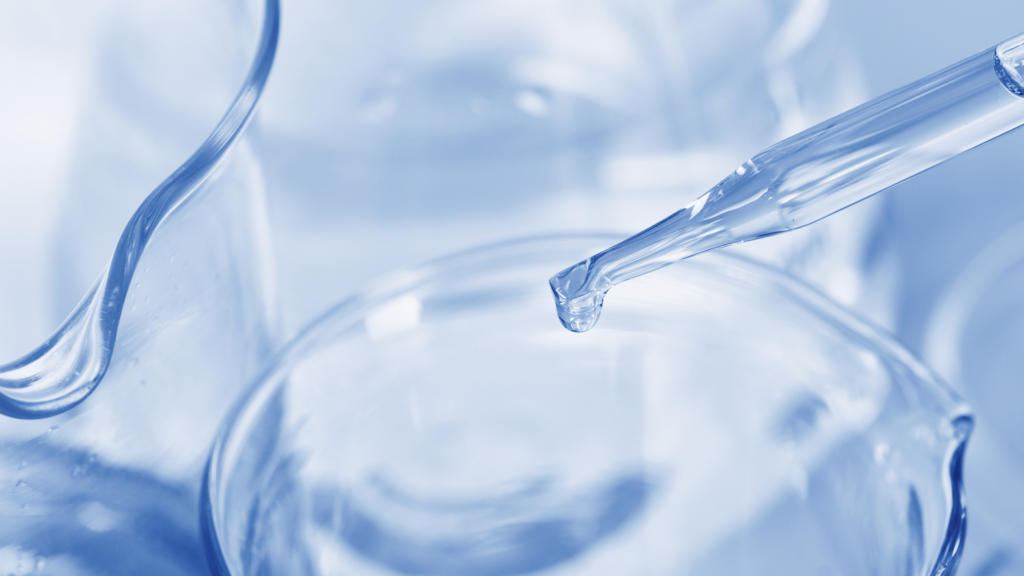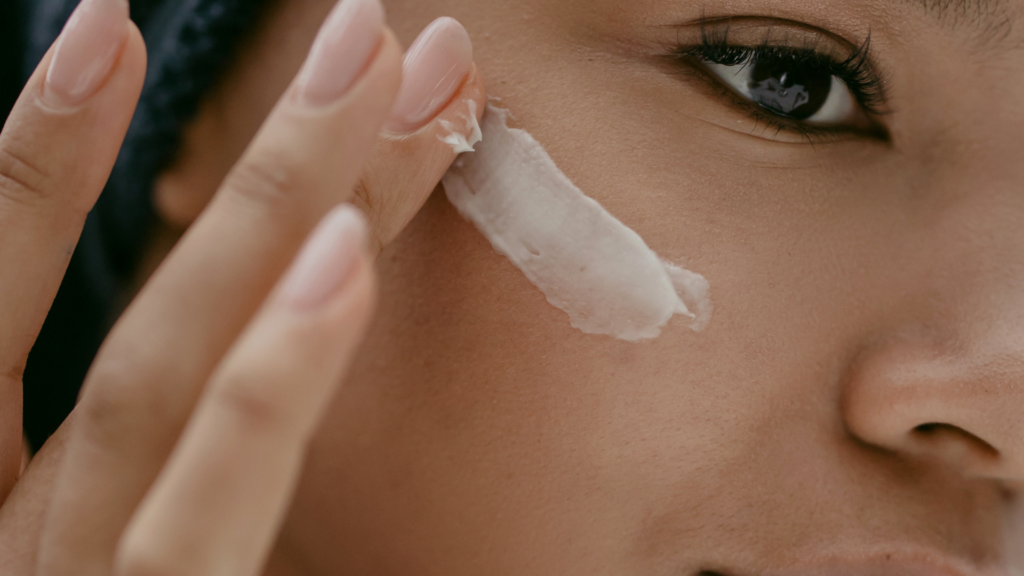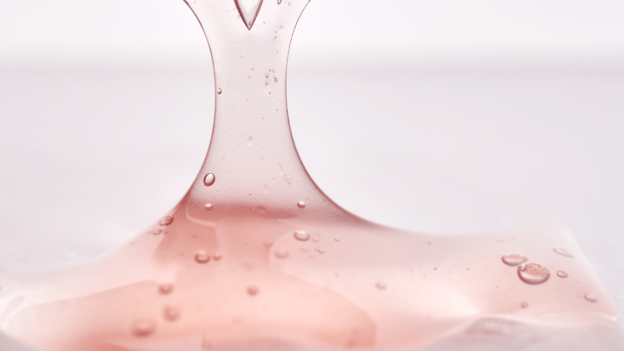Hyaluronic Acid: What Is Molecular Weight and Why Does It Matter?
Hyaluronic acid, also referred to as HA, is a really prized ingredient in cosmetic chemistry. It’s one of the strongest hydrating agents that we have available. It acts as a “water magnet”. It’s naturally occurring in our body, but sometimes individuals need to boost their normal levels of this important compound. By applying it to the skin we can boost the body’s natural levels of this super-strong water “magnet”. This makes it more difficult for water molecules in the skin to pry themselves away from the hyaluronic acid molecule, and the overall result is skin with higher hydration.

However, it’s never that simple with something as complicated as biochemistry. Hyaluronic acid is a polymer, meaning that it forms long molecular strands. Not all of these strands are the same length. The shorter the strand, the smaller the weight of the molecular strand. So we can place hyaluronic acid into three general categories: “regular HA” (which has high molecular weight / long strands), “medium molecular weight (MMW)” or “super low molecular weight (SLMW)” HA. They are all hyaluronic acid, but the three categories have different length strands. Think about a spaghetti noodle. Regular noodles from the box are quite long (regular HA). We can also break the noodle into smaller pieces, which is not a bad analogy for how chemists produce MMW and SLMW hyaluronic acid.
Regular hyaluronic acid refers to high molecular weight HA. Because its molecules are very long, they have trouble penetrating into the skin. They mainly sit on the surface of the skin in the form of a breathable, hydrating film. Very quickly the skin cells swell up with the extra water attracted to the HA. The skin becomes very soft and plumps out, which can help with the appearance of fine lines. This is the version that you’re most likely to encounter. One disadvantage of high molecular weight HA is that if you’re in a dry climate with low humidity, the HA film can be slightly drying; it attracts water from inside your skin which can be released to the environment. This is an uncommon problem, though.
Next up, we have MMW or medium molecular weight HA. Its strands are not as long as regular hyaluronic acid, meaning that it can more easily penetrate the skin. It sinks a little lower so that the surface skin is hydrated as well as some of the underlying layers. Some studies show that MMW HA also has a very interesting ability to stimulate the regeneration of cells. It can provide a lasting hydrating effect. Water deep in the skin, “stuck” to the MMW HA molecules, have a very difficult time being lost through Trans-Epidermal Water Loss.

Next up, we have super low molecular weight or SLMW HA. This additive takes the form of very short molecular chains of hyaluronic acid. The smallest in size, SLMW HA penetrates deeply into the skin. In some formulations (where penetration enhancers are used) it can reach the dermal layer where proteins like collagen and elastin are responsible for firming the skin. Some studies show that SLMW can have useful properties for reducing inflammation of the skin. However, some conflicting studies exist that claim a higher inflammation response after dermal application. As a result, I recommend avoiding SLMW HA. It’s the most expensive option, and it’s also the one with studies showing potential irritation.
So if you want to include HA in your next skincare product, which one do you choose? It sort of depends on the intent of the product, and what skin issues it’s designed to address. Regular (high molecular weight) HA offers almost instant hydration and skin-plumping. Medium Molecular Weight HA goes deeper into the skin, delivering hydration to multiple levels. This deep hydration may also come with some skin repair activity. Super Low Molecular Weight, in my (controversial?) opinion, should be avoided. It’s the most expensive version and I always try to formulate very conservatively, with an emphasis on safety.
It’s possible to use multiple different forms of hyaluronic acid. You can use regular HA along with MMW HA. This gives you very rapid hydration, skin plumping, skin softening, deeper skin hydration, and possible stimulation of structural proteins like collagen and elastin. And for many high-end products, you’ll find that multiple types of hyaluronic acid are being utilized. It’s sometimes difficult to tell because many different forms of hyaluronic acid will still appear on the label as “sodium hyaluronate”. There are also more complex forms of HA which are acetylated, which are cross polymerized, etc. There are more of a “niche” additive but can produce some fantastic effects.
Hyaluronic acid is a perfect example of how an issue can appear simple on the surface, but when you start to research deeper, you find that there are multiple levels of information. There’s nothing wrong with using regular hyaluronic acid and nothing else; it’s a wonderful ingredient. However, combining different forms of HA, used carefully, can take your products up to another level. It just means learning about the various molecular weight versions available, and some practice using them. I encourage you to look deeply into even simple ingredients. Our bodies are complex, and so products applied to the skin need to be formulated with skill. The more you learn, the better your products will become, and the happier your customers will be!

